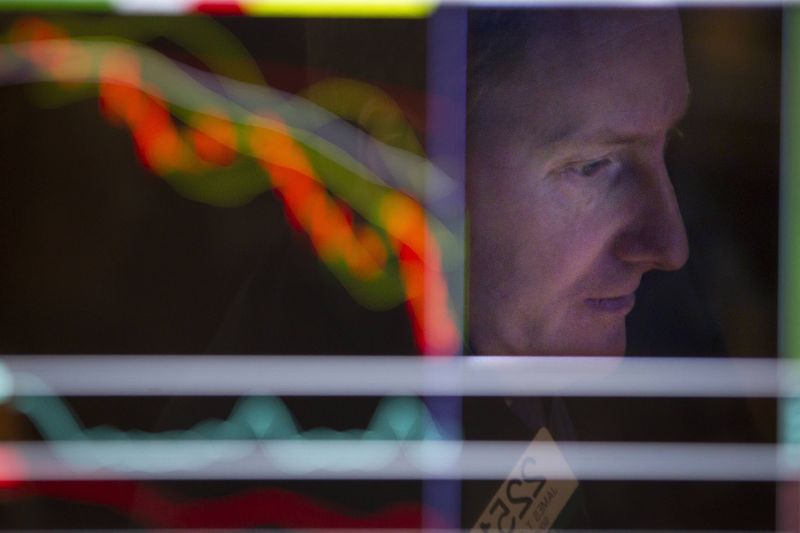New research from Picodi.com analysts has revealed the countries with the most petrol buying power, having examined the dynamics of petrol price changes in Australia and around the world for the first half of the year.
After the turmoil of last year, petrol prices in the region were mostly stable, with the petrol prices in most countries remaining unchanged or differing by less than 10% in June compared to January.
The exception was Pakistan, with prices up 22%, and Sri Lanka, where eye-wateringly high prices have begun to regulate, falling 25.5% in the last six months.
Australia absorbed a small 1-cent increase in the same period, bringing the average petrol price up to A$1.67.
How does our buying power compare?
Pakistan (US$0.92), Indonesia (US$0.92) and Malaysia (US$0.44) held the crown for lowest petrol prices per litre six months into the year.
At the other end of the spectrum, Hong Kong is straining under a US$2.99 a litre price tag, Singapore US$1.96 a litre and New Zealand US$1.57 a litre.
In comparison, Australia is enjoying a relatively cheap US$1.12 per litre, about 14 cents cheaper than the continental average.
Picodi compared average wages to average petrol price to estimate the number of litres an individual could buy in each country on a month’s salary – the average monthly income is about A$6,119 net monthly, offering a potential 3,669 litres of petrol per month.
Of course, the average is a far cry off the more representative median Australian monthly income, which sits at about A$5,239 and would buy about 3,137 litres – still significantly larger than our neighbours in New Zealand, who can afford about 1,960 litres on a monthly salary of about NZ$5,029 or A$4,612.77.
Cheapest (relative) countries in the world
All in all, we rank in the top 10 for petrol affordability in the world, which could offer a significant productivity advantage in the resource and transportation sectors if it’s maintained.
The graph below shows which countries have the most buying power, with dark red being highest:
Unsurprisingly, it’s the Gulf countries that take the crown in this regard, with Kuwait in first at 7,222 litres of buying power per month, Qatar 6,839 litres and the United Arab Emirates at 4,611 litres.
